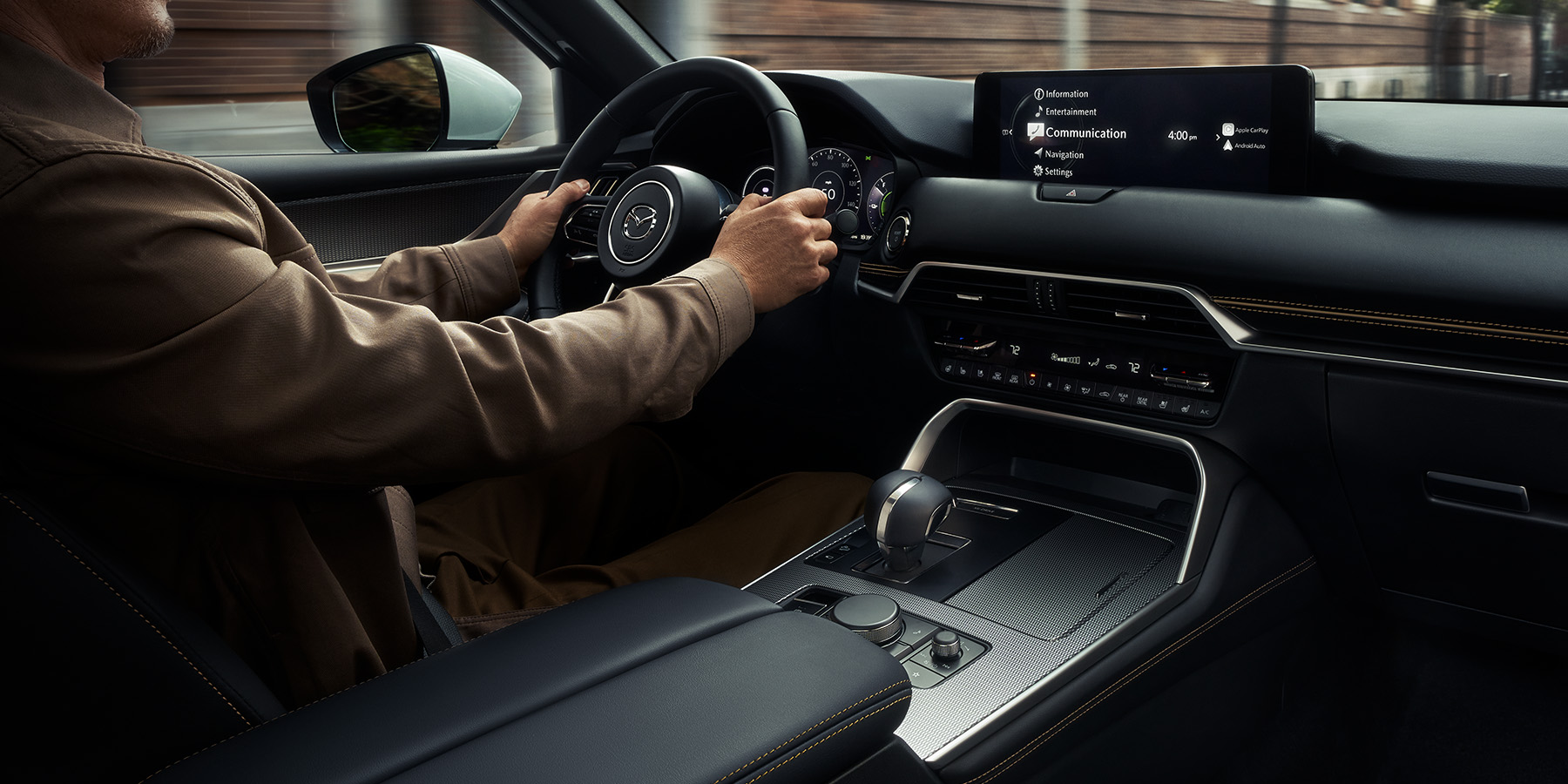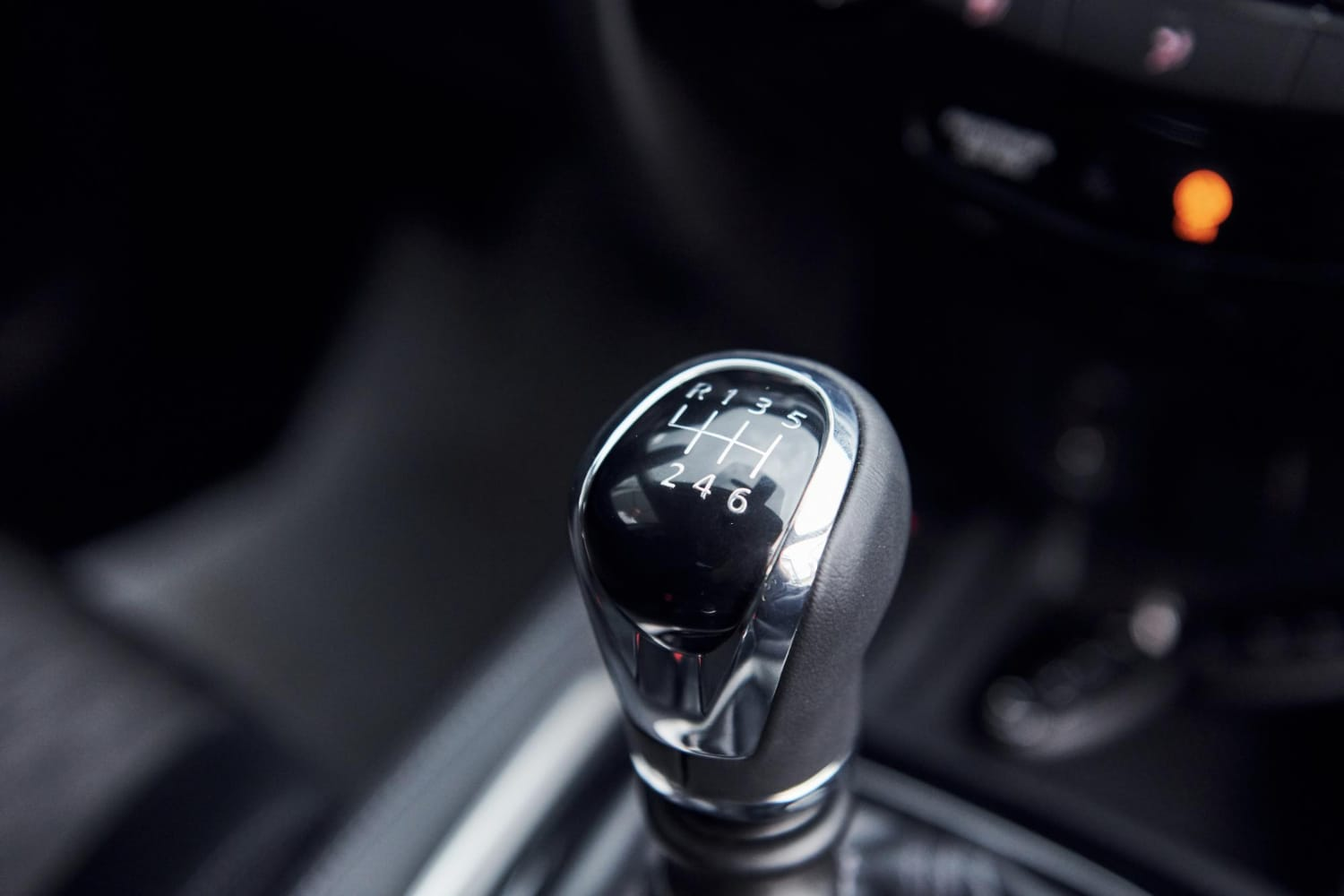
Transmissions play a pivotal role in determining both the efficiency and performance characteristics of vehicles across various driving conditions. Whether manual, automatic, CVT, or dual-clutch, each transmission type is designed to optimize the engine’s power delivery to the wheels, balancing factors such as acceleration, fuel consumption, and driving dynamics. This article explores how transmissions contribute to vehicle efficiency and performance, highlighting their importance in modern automotive engineering.

Efficiency Optimization:
Transmissions are critical in optimizing the efficiency of internal combustion engines (ICEs) and electric motors alike. For ICEs, the transmission’s gear ratios determine how effectively the engine’s power is transferred to the wheels. Lower gears provide more torque for accelerating from a standstill or climbing steep gradients, while higher gears allow the engine to operate at lower RPMs during cruising, improving fuel economy.
In automatic transmissions, advancements in technology such as torque converters and continuously variable transmissions (CVTs) help to maintain the engine within its optimal operating range for efficiency. Torque converters allow for smooth power delivery by using fluid coupling, while CVTs offer infinite gear ratios to ensure the engine runs at the most efficient RPMs for any given speed.

Manual transmissions provide direct control to the driver over gear selection, enabling them to optimize fuel efficiency based on driving conditions and personal driving style. By manually selecting gears, drivers can maximize engine braking, reduce unnecessary gear changes, and enhance overall fuel economy, albeit with a learning curve.
Enhancing Performance:
Transmissions also significantly impact a vehicle’s performance characteristics, influencing acceleration, top speed, and overall driving dynamics. Sportier vehicles often utilize transmissions that offer quick gear changes and responsive power delivery to enhance acceleration and cornering capabilities.
Dual-clutch transmissions (DCTs) are favored for their ability to provide rapid gear shifts without interrupting power delivery, making them ideal for performance-oriented driving. By pre-selecting gears, DCTs minimize shift times, resulting in faster acceleration and smoother power delivery compared to traditional automatic transmissions.
Moreover, the seamless integration of transmissions with advanced drivetrain technologies such as hybrid and electric powertrains further enhances performance. Electric vehicles (EVs) leverage single-speed transmissions or direct-drive systems to efficiently transfer power from electric motors to the wheels, providing instant torque and smooth acceleration from a standstill.
Adapting to Diverse Driving Conditions:
The versatility of transmissions lies in their ability to adapt to diverse driving conditions, from city traffic to highway cruising and off-road terrain. Automatic transmissions excel in urban environments by reducing driver workload with smooth gear changes and adaptive shift logic that anticipates driving conditions.
Off-road vehicles often utilize transmissions with low-range gearing or multi-mode drive systems to enhance traction and torque delivery, enabling them to tackle challenging terrain effectively. These transmissions allow drivers to select optimal gearing ratios for crawling over obstacles or navigating uneven surfaces without compromising engine performance.
Future Directions in Transmission Technology:
As automotive technology continues to evolve, transmissions will play a crucial role in achieving higher levels of vehicle efficiency and performance. Advancements in materials, manufacturing processes, and electronic controls are expected to further optimize transmission efficiency, reduce weight, and enhance durability.
Additionally, the integration of transmissions with advanced driver-assistance systems (ADAS) and vehicle-to-vehicle (V2V) communication technologies will enable more intelligent and adaptive transmission control strategies. This integration aims to improve fuel efficiency by optimizing gear shifts in real-time based on traffic conditions, road gradients, and driver behavior.
In conclusion, transmissions are integral to the overall efficiency and performance of vehicles, influencing everything from fuel economy and acceleration to driving comfort and off-road capability. As automotive engineering continues to innovate, the role of transmissions will evolve to meet the demands of increasingly stringent environmental regulations, customer expectations for performance, and advancements in electric and autonomous vehicle technologies. By continually refining transmission designs and integrating them with emerging technologies, automakers are poised to deliver vehicles that offer both enhanced efficiency and exhilarating performance across diverse driving conditions.




